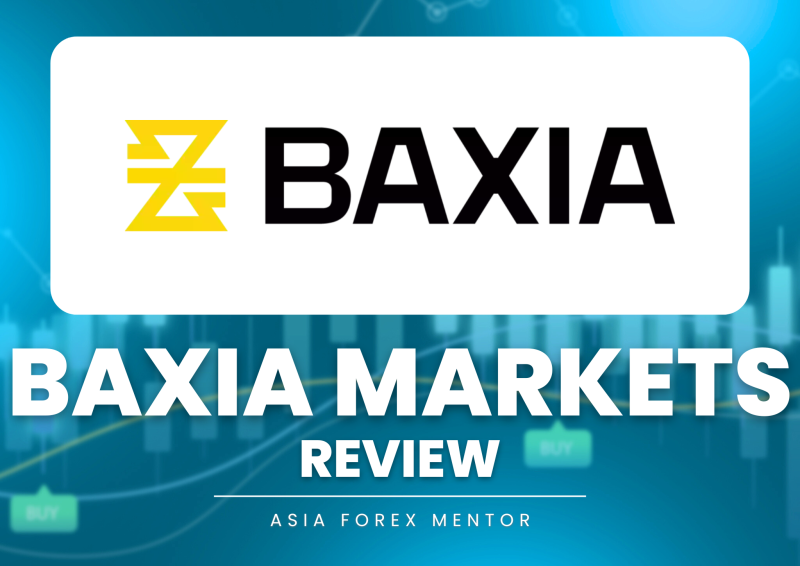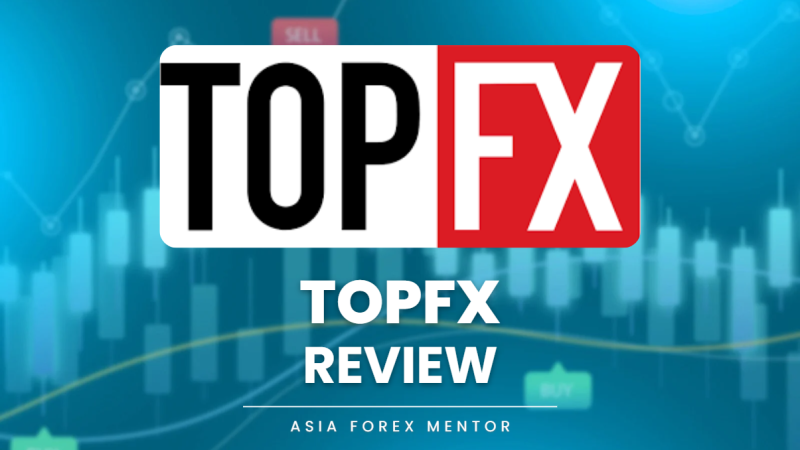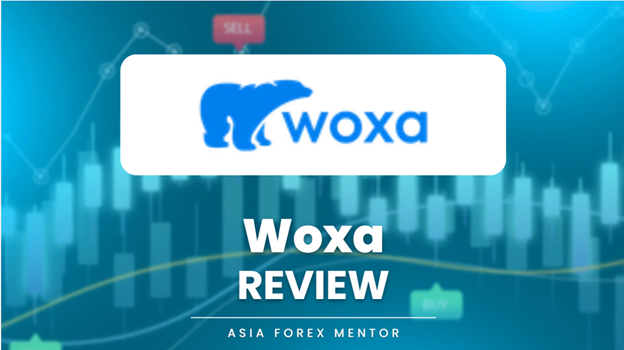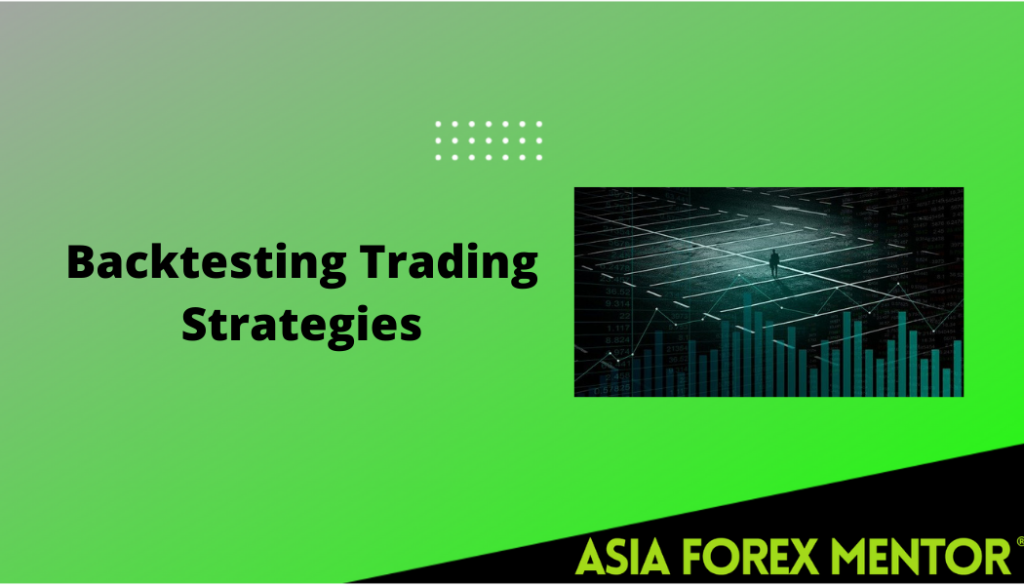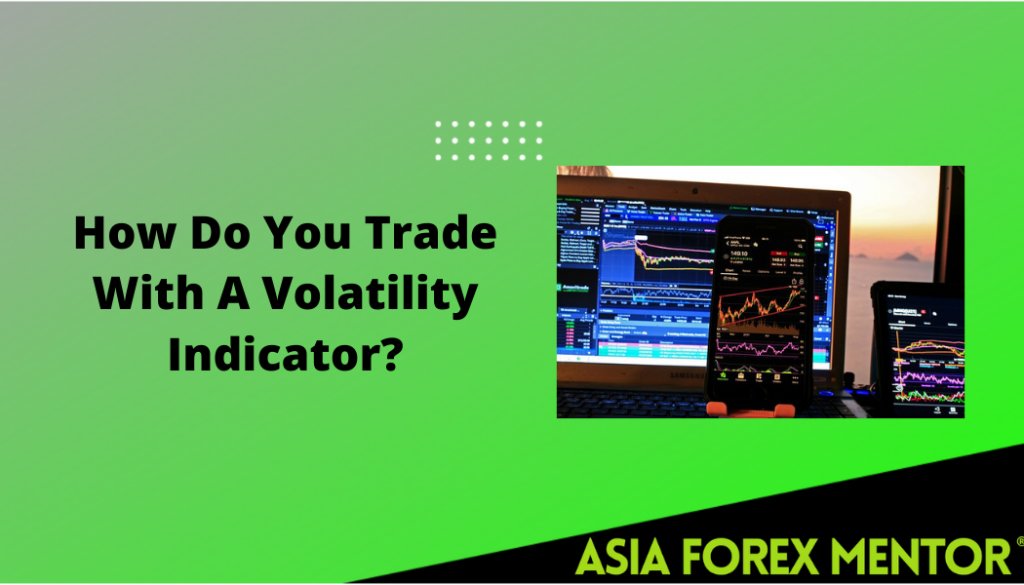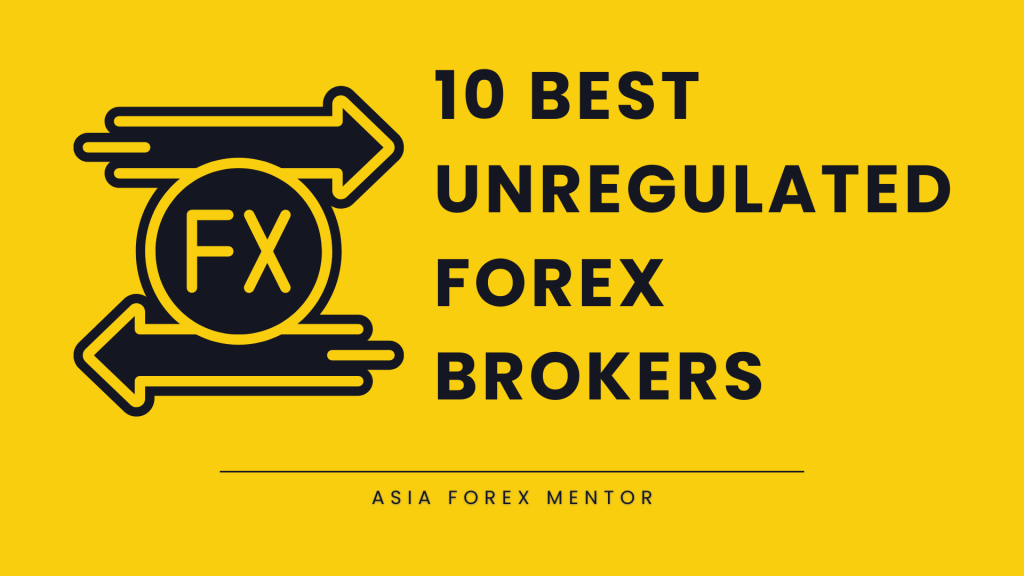The world of Forex, also known as foreign exchange or FX, can often seem overwhelming to those unfamiliar with its dynamics. This article aims to demystify the market structure of Forex, offering a comprehensive and easy-to-understand introduction for beginners, while also providing some insights that more experienced Forex traders may find valuable.
Introduction to Forex

Forex is the marketplace where currencies are traded. It is the largest and most liquid financial market globally, with trading volumes exceeding $5 trillion per day. This colossal size is due to the integral role that currencies play in the global economy, facilitating trade, investments, and economic policies among nations.
Unlike other markets like stocks, where transactions take place in physical locations or digital exchanges, Forex is an Over-the-Counter (OTC) market. This means it operates via a decentralized network of banks, brokers, and Forex traders worldwide, rather than centralized exchanges. Transactions are carried out electronically, making the market accessible 24 hours a day, five days a week, across different time zones.
Players in the Forex Market
The Forex market includes various participants, each with different motivations, trading volumes, and impacts on the market.
Central Banks and Governments
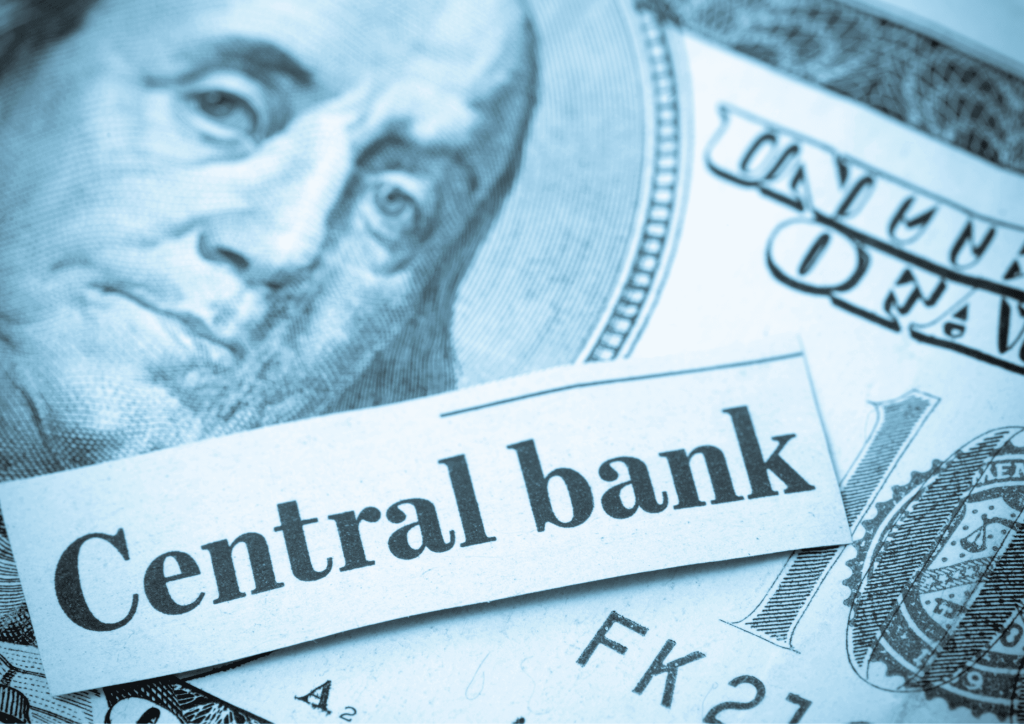
Central banks and governments are among the most influential players in the Forex market due to their direct involvement in defining economic policies and adjusting monetary parameters.
Role of Central Banks
Central banks play an integral role in the Forex market due to their mandate to manage their country's money supply, control inflation, and generally ensure economic stability. They have the capacity to influence the value of their national currency through various monetary policy measures.
- Interest Rates: One of the primary tools used by central banks is the adjustment of interest rates. When a central bank raises its key interest rate, it typically leads to an increase in the value of its currency. This is because higher interest rates attract foreign investors looking for higher returns on their investments, thereby increasing demand for that currency. Conversely, when a central bank decreases interest rates, it often results in the devaluation of its currency.
- Market Intervention: Central banks can also participate directly in the Forex market through a process known as market intervention, which involves selling or buying vast amounts of their own currency to influence its value. For instance, if a currency becomes too strong, a central bank may sell its currency in large quantities to drive down its asset price. On the flip side, to prevent a currency from weakening too much, a central bank may buy large amounts of its own currency to increase demand and thus its price.
- Quantitative Easing: This is a monetary policy tool where a central bank buys government securities or other securities from the market to lower interest rates and increase the money supply. This increase in the money supply often leads to the depreciation of the currency.
Role of Governments
Government policies can significantly influence currency values. For instance, a government's fiscal policy (its approach to taxes and public spending) can impact the country's economic performance, thus affecting its currency value.
Moreover, governments may also impose Forex regulations that can impact currency values. For instance, capital controls (restrictions on currency movement across countries) can limit the supply of currency in the global market, thereby affecting its value.
Banks and Financial Institutions

Banks and financial institutions play a critical role in the Forex market. They participate in currency trading for various reasons, from serving clients to profiting from speculative trades.
Commercial and Investment Banks
Commercial and investment banks form the backbone of the Forex market. They engage in Forex transactions as part of their services to clients who need to buy or sell foreign currency. For example, a commercial bank might buy foreign currency on behalf of a company that wants to purchase goods from abroad.
These banks also trade currencies on their own account, a practice known as proprietary trading. In this scenario, the bank's traders might take speculative positions on currency pairs, hoping to profit from future price movements.
The Interbank Market
The term “Interbank market” refers to the network of banks and financial institutions that trade currencies with each other. Transactions in the Interbank market are typically large-volume trades between these institutions.
This market operates on a tiered structure: the top tier has the most significant banks with the highest credit standings and the largest Forex transactions. These major banks, known as liquidity providers, offer currency prices to other market participants. The second tier includes smaller banks, hedge funds, and brokers that transact with the top-tier banks.
Role of Brokerage Firms
Brokerage firms play a crucial role in connecting retail traders (individual traders) with the Forex market. They provide trading platforms where traders can execute trades, and these trades are then transmitted to the Interbank market. Forex brokers make money from the spread – the difference between the buy (ask) and sell (bid) price of a currency pair.
Corporations

Corporations, especially multinational companies, play a crucial role in the Forex market. Their involvement in Forex trading is primarily driven by their business needs rather than profit speculation.
Trade and Investment
Multinational corporations often engage in Forex trading as a natural part of their international business operations. When a company operates in different countries, it earns revenue in various currencies. For instance, a US-based company selling goods in Europe would receive payment in euros. The company would then need to convert these euros back into US dollars, necessitating a Forex transaction.
Companies also require foreign currencies for direct investments in other countries. For instance, if a Japanese firm plans to build a factory in the United Kingdom, it will need to exchange its yen for pounds to cover its local costs.
Hedging Currency Risk
Companies also engage in Forex transactions to manage currency risk, often referred to as hedging. Currency risk emerges when a company has receivables or payables in a foreign currency.
Consider a US-based company that exports products to Europe and expects to receive payment in euros after three months. If the euro depreciates against the US dollar in these three months, the company would receive fewer dollars when it converts its euros. To mitigate this risk, the company might enter into a Forex contract to sell euros at a predetermined exchange rate in the future, effectively locking in the current rate and avoiding potential losses due to currency fluctuation.
Retail Traders

Retail traders are individuals who trade currencies in the Forex market, typically through a Forex broker or a bank. Retail traders represent a small but growing fraction of the total Forex market volume.
Trading Strategies
Retail traders employ a variety of trading strategies depending on their financial goals, risk tolerance, and trading knowledge. These strategies can be broadly categorized as:
- Day Trading: This strategy involves opening and closing positions within a single trading day, taking advantage of small price movements. Day traders typically use technical analysis to make trading decisions.
- Swing Trading: Swing traders hold positions for several days to weeks, aiming to profit from short- to medium-term price movements. They utilize both technical analysis and fundamental analysis.
- Position Trading: Position traders are more like long-term investors. They hold positions for weeks, months, or even years, largely based on fundamental analysis.
Education and Risk Management
Successful retail Forex trading requires a solid understanding of the Forex market, an effective trading strategy, and rigorous risk management. Many retail traders lose money in the Forex market, often due to a lack of education, poor risk management, and emotional decision-making.
Education is key for retail traders, who need to understand market indicators, economic factors that drive currency values, and technical analysis for making trading decisions. Risk management is also essential to protect their trading capital, involving strategies like setting stop-loss orders to limit potential losses and only risking a small percentage of their capital on a single trade.
Forex Market Structure
In essence, the FX market structure can be seen as a direct reflection of supply and demand for currencies. It's a complex ecosystem where market prices are determined by various factors such as economic indicators, geopolitical events, market sentiment, and central bank policies.
This structure can further be explained with the help of three key concepts: currency pairs, quotes, and orders.
- Currency Pairs: Forex trading involves buying one currency and selling another simultaneously. These are represented as currency pairs, such as EUR/USD (Euro/US Dollar) or USD/JPY (US Dollar/Japanese Yen). The first currency listed is the ‘base' currency, while the second is the ‘quote' currency. The pair represents how much of the quote currency is needed to buy one unit of the base currency.
- Quotes: Forex prices are quoted in terms of the base currency. For example, if the EUR/USD is quoted at 1.20, it means that 1 Euro can be exchanged for 1.20 US Dollars. A Forex quote consists of two prices: the bid (the price at which you can sell the base currency) and the ask (the price at which you can buy the base currency). The difference between these two prices is known as the spread.
- Orders: Orders are instructions traders give to brokers to execute trades at certain price levels. There are several types of orders, including market orders (buy or sell immediately at current market prices), limit orders (buy or sell at a specific price or better), and stop orders (buy or sell when the price reaches a specified level).
Identifying and Analyzing Forex Market Structure
If traders identify and analyze market structure, it can help traders predict future price movements, identify potential trading opportunities, and manage risk effectively. Here are some key aspects of the market structure that traders need to understand.
Price Levels
Price levels are a fundamental part of the Forex market structure. Key price levels include:
- Support Levels: These are levels where the price has fallen but struggled to go below, suggesting a greater demand for the currency pair at this level. Traders often anticipate buying opportunities at these levels.
- Resistance Levels: These are levels that the price has risen to but struggled to exceed, indicating a surplus supply of the currency pair at this level. Traders often anticipate selling opportunities at these levels.
Recognizing these levels can help traders identify potential points of entry and exit for their trades.
Market Trends
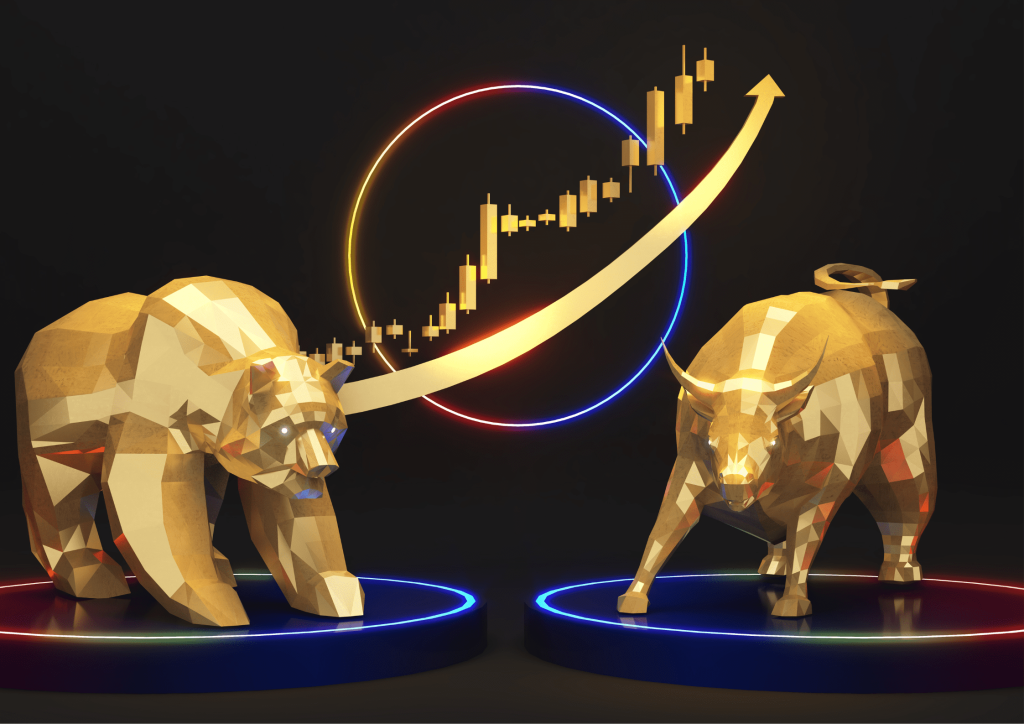
In Forex trading, understanding market trends is crucial as it helps traders predict future price movements. The two common types of market trends are bullish and bearish trends.
Bullish Trend
A bullish trend, often referred to as an uptrend, is characterized by a sustained increase in the currency pair's price. In other words, in a bullish trend, the price of one currency is appreciating against the other.
Bullish trends are identifiable through a pattern of higher highs (peaks) and higher lows (troughs). When you plot these points on a price chart, the trend line will slope upwards, indicating a steady increase in the currency pair's price over time.
Several factors can trigger a bullish trend. For instance, positive economic data such as a lower unemployment rate or higher GDP growth can strengthen a currency, leading to a bullish trend. Likewise, decisions by central banks, such as raising interest rates, can also lead to a stronger currency.
In a bull market, traders might adopt a ‘buy' or ‘long' strategy, anticipating that the currency pair's price will continue to rise, and they will profit by selling at a higher price later.
Bearish Trend
Conversely, a bearish trend, also known as a downtrend, signifies a consistent decrease in a currency pair's price. In a bearish trend, the value of one currency is depreciating against the other.
Bearish trends are marked by a pattern of lower highs and lower lows. When these points are plotted on a chart, the trend line will slope downwards, indicating a steady decrease in price over time.
Bearish trends can be triggered by negative economic data such as lower-than-expected GDP growth or higher unemployment rates, which weaken a currency. Central banks can also influence bearish trends, such as by lowering interest rates.
In a bear market, traders might adopt a ‘sell' or ‘short' strategy, anticipating the currency pair's price will continue to fall. By selling early and buying back at a lower price, traders can profit from the price decline.
Also Read: Differentiate a Bull and Bear Market
Price Patterns
Price patterns are a crucial aspect of technical analysis in Forex trading. These are predictable price formations that traders identify on their charts. Common price patterns include triangles, head and shoulders, double tops and bottoms, and flags. Each pattern provides a potential clue about future price direction.
Time Frames
Analyzing multiple time frames is another essential aspect of understanding the Forex market structure. Traders use different time frames depending on their trading style. For instance, a day trader might use 1-hour, 15-minute, and 5-minute charts, while a swing trader might use daily, 4-hour, and 1-hour charts.
Analyzing multiple time frames allows traders to gain a broader perspective of the market and helps validate their trading signals. For example, a buy signal on a 1-hour chart will be more reliable if the daily chart is also showing an uptrend.
Decentralized Nature of the Forex Market

As we mentioned earlier, the foreign exchange market is decentralized. This means that there is no central exchange or physical location where trades occur. Instead, all transactions are conducted electronically between participants, anywhere, anytime. The decentralized structure of the Forex market makes it highly liquid and efficient, and it's this feature that has helped the Forex market become the largest financial market globally.
The Three-Tier Market
One way to understand the market structure of Forex is to visualize it as a three-tier market:
- Top Tier (The Interbank Market): The top tier of the Forex market consists of the largest commercial banks and securities dealers (collectively known as the “Interbank market”). These players deal directly with each other or electronically through Electronic Brokering Services (EBS) or Reuters Dealing 3000-Spot Matching. The top-tier banks include institutions like Citigroup, JPMorgan, UBS, Barclays, and Deutsche Bank. This tier witnesses the highest volume of currency exchange and thus has a significant impact on currency prices.
- Middle Tier (Smaller Banks, Hedge Funds, Commercial Companies): The middle tier is made up of smaller banks that do not have credit relationships with the big players in the Interbank market. They typically deal with larger commercial companies, hedge funds, and even retail Forex market makers. Trades at this level are often facilitated by brokers who negotiate directly with the Interbank market on behalf of their clients.
- Bottom Tier (Retail Market): The bottom tier of the Forex market consists of individuals like you and me – retail traders. Retail traders typically trade through online platforms provided by Forex brokers. These brokers get access to the Forex market through liquidity providers, which are large banks or other financial institutions.
The Role of Forex Brokers
Forex brokers play a critical role in the Forex market structure. They act as intermediaries between retail traders (who lack the credit relationships needed to participate directly in the Interbank market) and the larger players.
Forex brokers offer retail traders access to the Forex market through trading platforms. They make money by charging a fee on trades, which is typically embodied in the spread (the difference between the buying and the selling price of a currency pair).
Some brokers operate on a dealing desk model, where they take the other side of a client's trade, while others use a no-dealing desk model, where they pass client orders directly to their liquidity providers.
Market Liquidity and Volatility

The Forex market's size and decentralized nature contribute to its high liquidity. This means that under normal market conditions, traders can buy and sell currencies as they wish without much impact on the price. High liquidity also allows for tight spreads, which is beneficial for traders as it reduces the cost of trading.
However, the Forex market is also known for its volatility. Currency prices can change rapidly in short periods, driven by factors such as economic news, interest rate changes, geopolitical events, or market sentiment shifts. While volatility can present trading opportunities, it can also increase trading risk.
Also Read: What is Liquidity in Forex?
Conclusion
The Forex market's unique structure, with its decentralized nature, multi-tiered hierarchy, and diverse participants, creates a dynamic trading environment. Understanding this market structure is crucial for anyone venturing into Forex trading.
It's also important to note that despite the opportunities the Forex market presents, it carries significant risk due to its volatility. As such, traders should adopt sound risk management strategies and stay updated with economic and geopolitical developments worldwide that could impact currency prices.
FAQs
What are the basics a beginner needs to know before starting Forex trading?
Forex trading, or foreign exchange trading, involves buying one currency while simultaneously selling another. It's based on the idea of speculating on the future price of one currency against another. Key things beginners should know include:
- Forex Market Structure
- Currency Pairs
- Trading Platform
- Education
- Risk Management
How does leverage work in Forex trading?
Leverage in Forex trading is a tool that allows traders to open larger positions than their actual investment. If your broker provides a leverage of 1:100, this means you can open a trade worth $10,000 with just $100 in your account. While leverage can magnify profits, it also amplifies potential losses. Therefore, it should be used judiciously and in conjunction with sound risk management strategies.
What is the best time to trade in the Forex market?
The Forex market is open 24 hours a day, five days a week, but some hours are more volatile due to the operation of major financial markets. The best time to trade depends on the currency pair you're trading and your trading strategy.
For example, if you're trading a pair that includes the US Dollar, the New York session (8 a.m. to 5 p.m. EST) might be a good time as it's when the U.S. market is active. The period when the London session (3 a.m. to noon EST) and the New York session overlap (8 a.m. to noon EST) is considered the most volatile and thus potentially profitable for short-term (day) traders. It's also essential to be aware of major economic news releases that can cause significant volatility.



